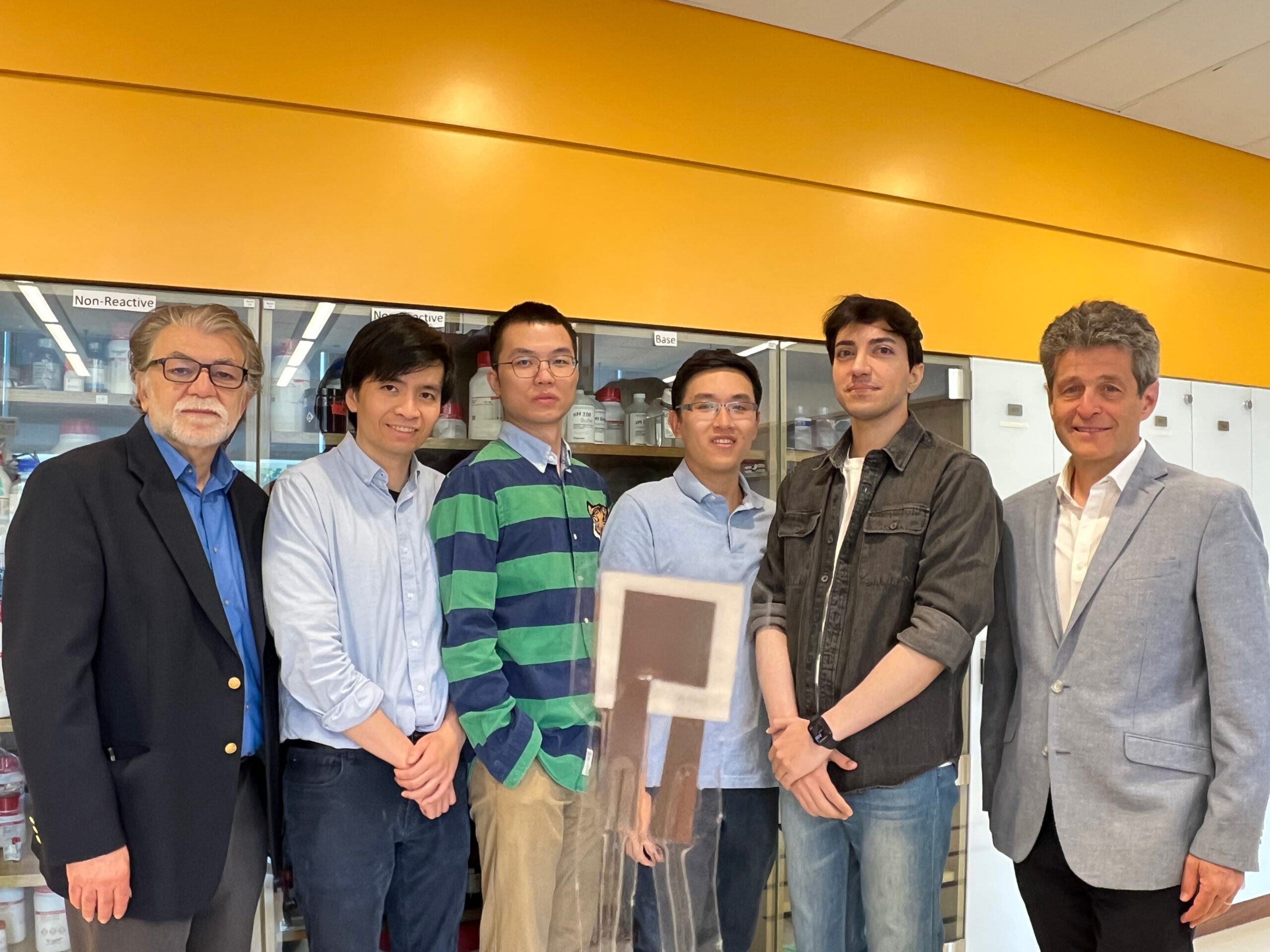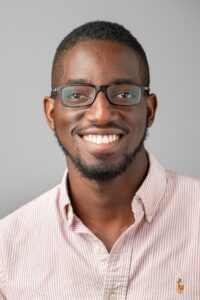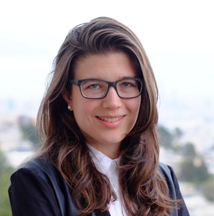By Olivia Drake, Written Communications Specialist
Photos courtesy of Doug Willoughby/SAE and the UConn FSAE team
During the FSAE intercollegiate competition, held May 17-20, 2023, at Michigan International Speedway, the student-run motorsport club placed in the top 10% of 121 teams from the U.S. and Europe. This was UConn’s 13th year competing.

“As a whole, this year’s competition was one of the most successful in the team’s history,” said UConn FSAE President Abhimanyu “Abhi” Sukumaran ’24 (MENG). “The car and team both performed immaculately, and everyone knows that we brought one of—if not the fastest—cars to competition.”

The annual competition, organized by SAE International (previously known as the Society of Automotive Engineers) challenges college students to conceive, design, fabricate, develop, and compete with formula-style vehicles. “Formula” vehicles are small, single-seater racecars characterized by a low-to-the-ground aerodynamic design, an open cockpit, and exposed wheels. These high-performance vehicles can reach speeds over 110 mph on certain tracks.
During the three-day event, teams are awarded points for participation in three static events (cost presentation, design presentation, and business presentation) and five dynamic events (acceleration; skidpad; autocross; fuel economy; and endurance).
UConn’s vehicle—the CT-14 (Connecticut, version 14)—scored an impressive 28/30 for its cost analysis presentation and 88/100 points for the design presentation.
“This year we had very tough judges who grilled us quite a bit and really tested our knowledge,” Sukumaran said. “Luckily we had done a lot of prep work and we managed to get some of the highest scores of the day!”
But the true test of the CT-14 was measured during the dynamic events. UConn’s team scored 12th in the “figure-eight” skid pad event; seventh in the 45-second timed autocross event; and first place in the 75-meter acceleration event—with a time of 4.17 seconds.
“We had been prepping for months trying to get the car setup right and squeeze the most performance out of it,” Sukumaran said. “We were almost a 10th of a second ahead of second place, so we were thrilled with that result. This was the first time in the team’s history that we have ever won an event and we did it convincingly.”
More than 70 students worked on the CT-14 during the 2022-23 academic year; 50 of whom went to the competition in Michigan. Team members learn to design, fabricate, assemble, manage budgets, acquire sponsors, and market themselves and their vehicle.

More experienced members, such as recent alumnus Simon Getter ’23 (MENG) frequently take on leadership roles. Getter joined the FSAE team as a freshman—seeking an extracurricular activity where he could learn practical engineering skills alongside like-minded students. As a sophomore, Getter served as the team’s control systems lead, and during his senior year, he served as the controls and ergonomics lead.
As the controls system lead, Getter’s group made the vehicle’s steering, brakes, seat, and pedals.
“In that position I got a ton of very important experience leading and communicating with other systems of the team,” he said. “Engineering wise, I was able to create parts and validate designs with [Computer Aided Design] software and [finite element analysis]—things we touched on in classes but were greatly expanded on during my time on the team.”
While member participation varies, Getter clocked more than 20 hours a week working on the project—but the dedication paid off. Not only did the team place 11th in the competition, he and 11 other graduating seniors, who were members of the 2022-23 Formula SAE team, had job offers or plans to continue their education well before graduation in May.

“The experience we gain through FSAE complements the more theoretically-based classes at UConn. This keeps our team members balanced and helps us to become the best engineers the school has to offer,” Getter said.
Thomas Mealy, adjunct professor of mechanical engineering and FSAE senior design advisor credits the team’s success to an overwhelming passion for creating the best car possible.
“UConn’s Formula SAE team embodies a spirit of excellence, determination, sacrifice, and collaboration,” Mealy said. “They have not only demonstrated remarkable technical prowess in designing and building a cutting-edge race car, but they have also cultivated a culture of innovation and teamwork that sets them apart. This team stands on the shoulders of hundreds of students that preceded them, many of whom come back and offer their advice and experience. As the advisor of this exceptional team, I am immensely proud of their accomplishments, and they are setting the bar high for future teams.”
For more information, visit the team’s website or follow @uconnformulaasae on Instagram.







